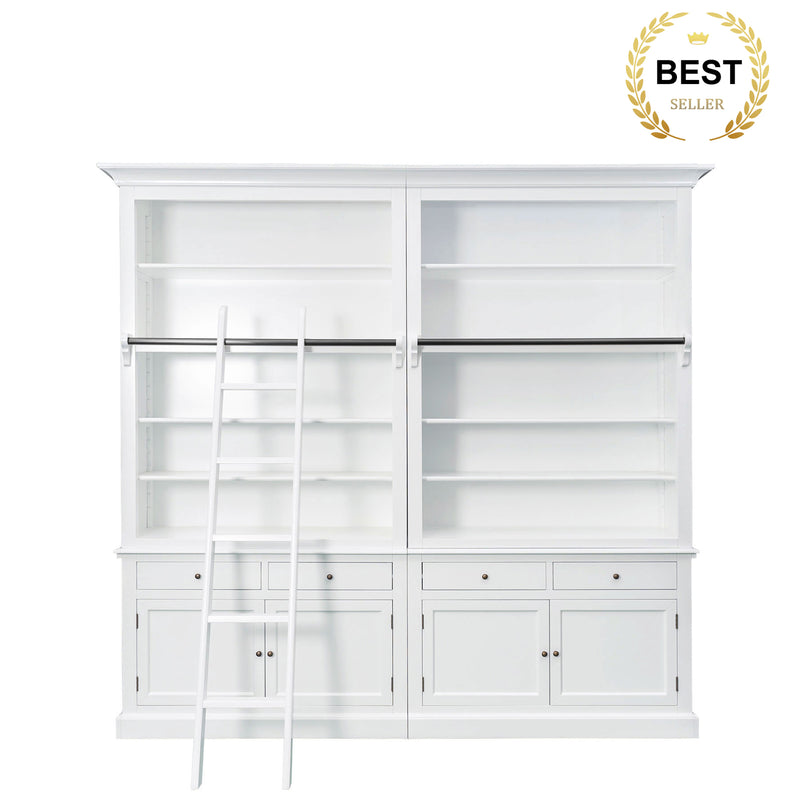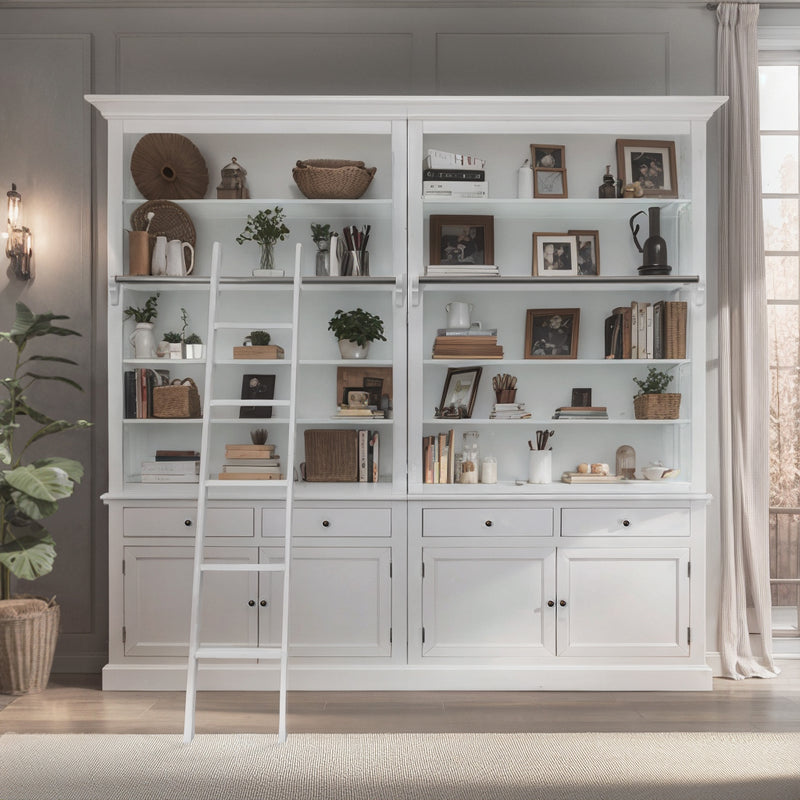The process of decorating a room is a creative endeavour unlike any other. A unique blend of functionality and aesthetics in a three-dimensional space made for habitation, relaxation, work, or leisure. Whatever it is, a room is at its best when its appearance blends the unique personality of the resident, and its form fits the room’s function. Achieving a balanced amalgam of these traits can be difficult for some, but today we’re hoping to share one of the most popular rules among professional interior decorators: the rule of three.
The rule of three is a deceptively simple precept, but it’s one of the most useful home decoration tips that you will ever receive. So much of any decorative or artistic pursuit lies in a sense of balance, and the rule of three is a principle that helps users achieve visual balance in decorating their space in a few easy steps.
An Introduction to the Rule of Three
There are two kinds of interior decoration. The kind where a person sprawls their furniture and object d’art across the entirety of the space, and the kind where a person groups their items together in controlled clusters. While the former, when done well, can be a good resolution to decorating a space, the latter is generally the more preferred. This is because grouping items together is one of the earliest interior design tips anybody learns. It helps to organise things, allows people to create areas of a room with specific function, helps to maximise usable space, and creates more visual appeal.
But how do we group items?
This is where the rule of three comes into play. While aesthetics and function are all natural considerations, the rule of three acknowledges an often-felt-rarely-voiced phenomenon in tips for decorating your home. The brain likes groups of odds. It can feel weird to talk about creating a sense of visual balance in the same breath as talking about odd numbers, but bear with us and let us show you what we’re talking about.
Grounds for Decoration
Looking at the above image we can see one obvious use of the rule of three, the alcoves above the seat arranged in a group of three, with the middle alcove raised slightly above the other two. This triangular arrangement ties into the physicality of the objects they hold, with the middle vase being larger and holding a plant, while the other two take a visual backseat, but are still exquisitely balanced.
However there is another rule of three usage here that may be easy to miss at first glance. The entire space is balanced through the rule of three, but rather than horizontally, the space is divided into its background, middle ground, and foreground, and the furniture and decorations grouped to guide the eye through the space.
From the coffee table in the middle of the foreground, our eye is then drawn to the sofa through the way it stretches into the middle-ground, which then guides us to the wall and the three alcoves and vases in the background.
The effect is that the three items seem to fill the entire space, and despite there being certain accessories (the tree, the cactus, and the pot) that seem to disrupt the equilibrium of the space, the arrangement of the items through the fore, middle, and backgrounds provides a visual harmony to the space that draws everything in. Three alcoves, three major focal points, one unified space.
Middle, Left, and Right
You don’t need to be an expert in visual balance to understand that visual balance, just like physical balance, exists in three major points. Just like the scales of old there is the middle section, which is then surrounded by the left and right.
Again, three points.
In the above image, we see this sense of balance play out. The middle is taken up by the sofa, ensuring that the centre of the room is the focal point, establishing the aesthetic “base” of the room. The smaller seats on the left and right side of the sofa then, set the visual sense of balance for the space. And just like in the previous example, we see the rule of three playing out in the fore, middle, and background through the use of the table, chairs and sofa, and the wall.
Handling Accessories
Most accessories can also be grouped using the rule of three. In the above photo we see a planter pot on the right that is considerably thick, taking up almost half the frame with its small companion pot closer to the middle.
On the left, three skinny candlesticks. If it were one candlestick, the composition of the image would be over focused on the pot plant. However, taking three candlesticks and grouping them together in the manner shown above has provided a counter-balance to the visual domination of the pot plant.
Take this example in your interior decorating endeavour. Where you have an excess of visual information, maybe with a centrepiece or other large accessory, group together smaller like-objects and place them in opposition to the main item. Doing so will provide balance, and visual interest.
Exploring Your Options
You should by now have a decent idea of how the rule of threes operates. Although it is one of the simpler interior design tips, it is quite powerful in how it binds a room together, and allows the user to create a real sense of visual balance in decorating their room.
As a quick recap, the rule of threes works on all planes of a room, the middle, left, and right, as well as the foreground, middleground, and background. You can use it to arrange your furniture, and organise accessories and knick-knacks. And although it is called the “rule of three”, it can be applied to almost any odd number.
Taking this information, you can then apply it to styles of interior design which you can read about at the La Joie Living blog. Or, if you have further questions, you can contact an expert at La Joie Living here.


















